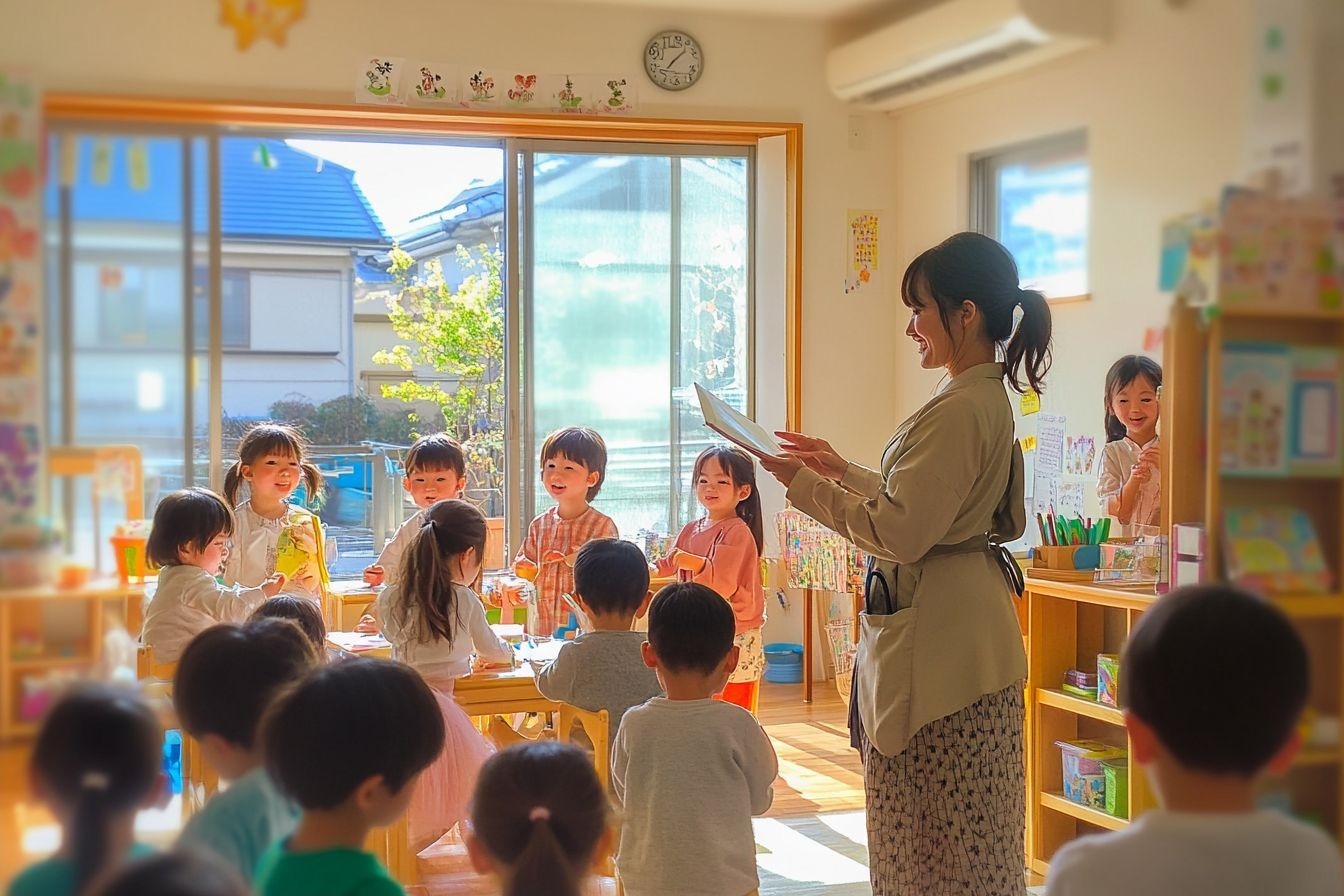Early Childhood Education Degree: Curriculum, Classroom, Salary
An early childhood education degree prepares graduates to support learning and development for children from birth through early elementary grades. Programs combine child development theory, instructional methods, observation and assessment, and supervised practicum in real classroom settings. The degree can lead to roles in preschools, elementary schools, community programs, and early intervention services, with responsibilities that vary by credential and local regulations.

What does an education degree include?
An early childhood education program typically covers child development, learning theories, curriculum design, assessment, family engagement, and inclusive practices. Coursework balances theory and practice, with classes on language and literacy development, motor and social-emotional growth, and strategies for differentiated instruction. Many programs include child health, safety, and legal/ethical topics relevant to school and community contexts. Accreditation and state or national standards often shape required content, so program curricula can vary by institution and intended certification pathway.
How does a degree prepare a teacher?
A degree provides both pedagogical knowledge and supervised practicum experience to prepare candidates for teaching roles. Students learn classroom management, lesson planning, observation techniques, and how to adapt instruction to diverse learners. Field placements or student-teaching assignments let candidates practice in real classrooms under mentor supervision, building skills in communication with families and other professionals. Additional coursework or certifications (for example in special education or bilingual instruction) can further qualify graduates for specialized teacher roles within schools and community programs.
What classroom skills are taught?
Classroom-focused training emphasizes planning developmentally appropriate activities, creating safe and stimulating learning environments, and using assessment to guide instruction. Skills include designing play-based lessons, fostering early literacy and numeracy, supporting social-emotional learning, and implementing behavior supports. Candidates also learn to use observation and documentation to track progress and to communicate findings to families and colleagues. Practical skills applied during practicum build confidence for managing small-group activities, transitions, and routines typical of early childhood classroom settings.
How does it relate to school environments?
An early childhood education degree equips graduates to work in a variety of school-related settings: preschool classrooms, kindergarten and early elementary grades, school-based pre-K programs, and community early learning centers. The degree content aligns with standards used by schools to ensure continuity across age groups, and it often includes training in collaborating with school staff, special education teams, and family services. Hiring requirements and role expectations differ by school district and country, so graduates should review local certification rules and opportunities for in-service professional development in your area.
What salary outcomes can graduates expect?
Salary for early childhood educators varies widely by location, level of credential (certificate, associate, bachelor’s, or master’s), employer type (public school vs. private center), and experience. In many regions, entry-level positions in community programs or private preschools pay lower wages than public school teacher roles that require state certification and a bachelor’s degree. With advanced credentials, additional certifications, or roles in public school systems, compensation tends to increase. Remember that benefits, pension plans, and part-time versus full-time status also significantly affect total compensation; check local services and school district pay scales to understand typical salary ranges in your area.
Early childhood education careers often include paths beyond classroom teaching—such as curriculum coordination, early intervention specialist work, program administration, or training and policy roles—which can influence earnings and responsibilities. Salary estimates change over time and vary by country and region; researching current local data is recommended before making career decisions.
Conclusion
An early childhood education degree provides foundational knowledge of child development and practical classroom skills that prepare graduates for teaching and support roles in schools and community settings. Program content typically combines theory, hands-on practicum, and family engagement strategies, and outcomes depend on the credential level and local certification requirements. Prospective students should compare program content, practicum opportunities, and employer expectations in their area to choose a path that aligns with their career goals and the types of school or early learning settings they wish to serve.






